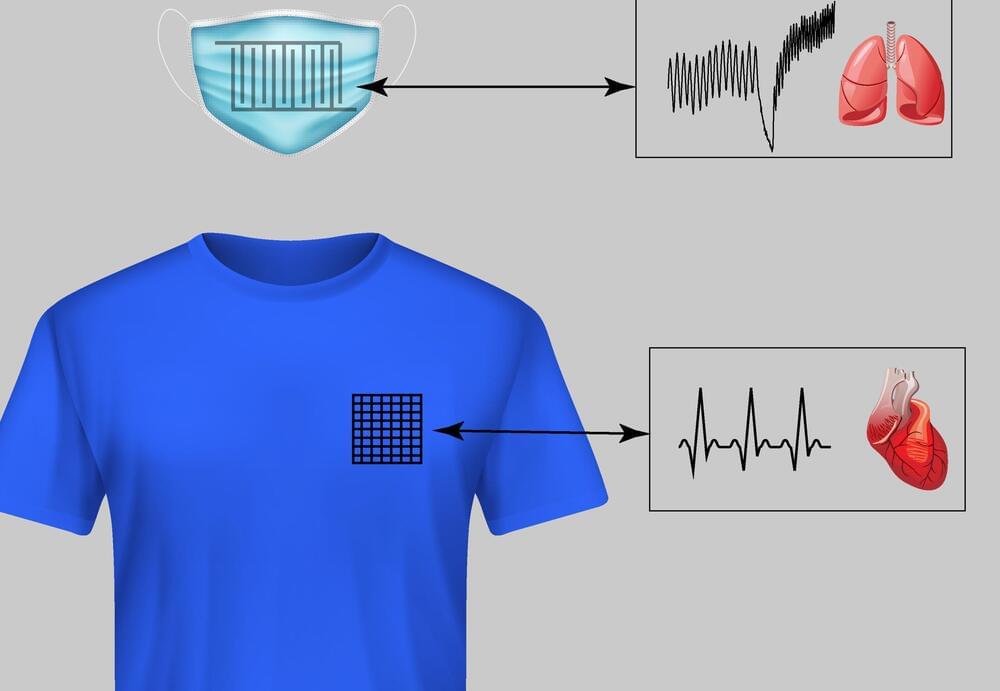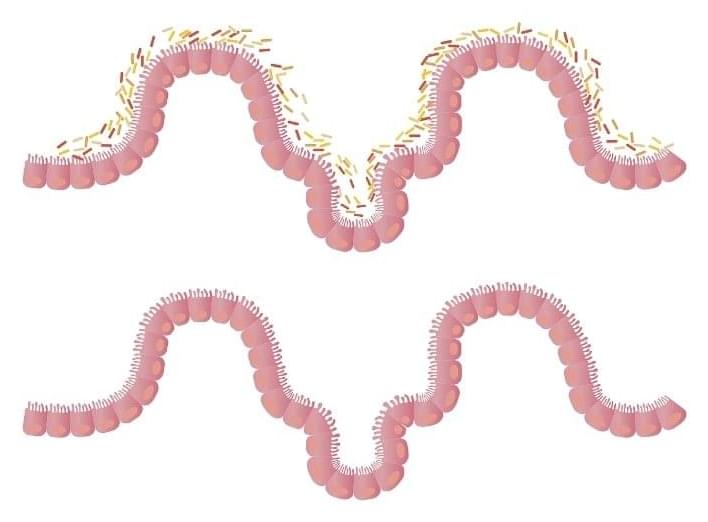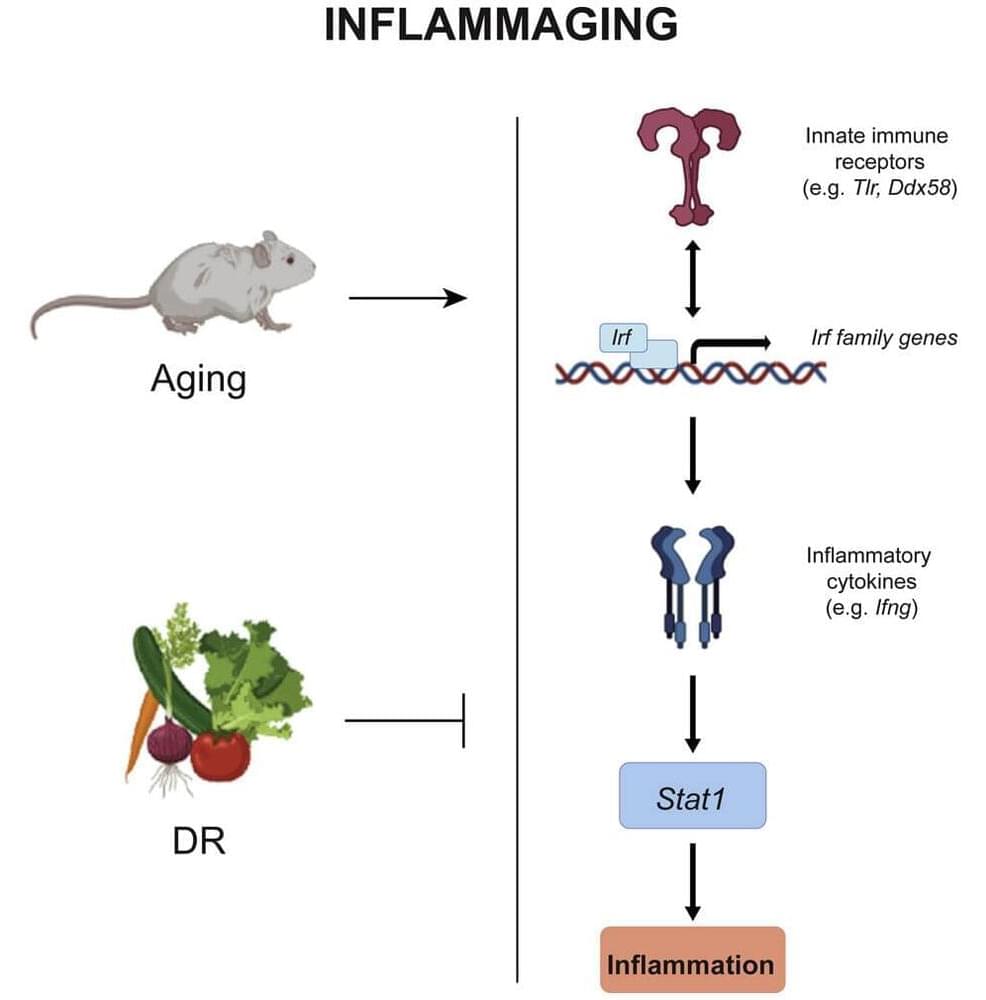A newer-generation clot-busting drug called tenecteplase outperforms the traditional treatment for ischemic strokes in several key areas, including better health outcomes and lower costs, according to a new study published today in the American Stroke Association’s journal Stroke.
The study was led by a team of neurologists at Dell Medical School at The University of Texas at Austin and was carried out over a 15-month period at 10 Ascension Seton hospitals in Central Texas starting in September 2019.
The Dell Med Neurology Stroke Program was one of the first in the United States to make this change. Based on even the earliest results from this study, other experts across the country were convinced and made the switch from alteplase to tenecteplase at their own stroke centers, including at Ascension hospitals nationwide.








